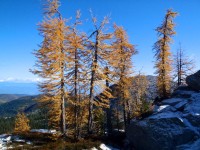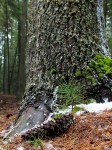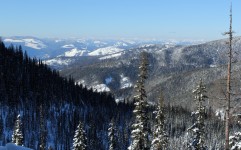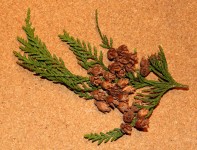The vibrant green needles growing on a western larch is one of my favorite signs of spring. The needles are so much greener than any other conifer. Since my forest is mainly coniferous, the western larch are the trees that signal spring.
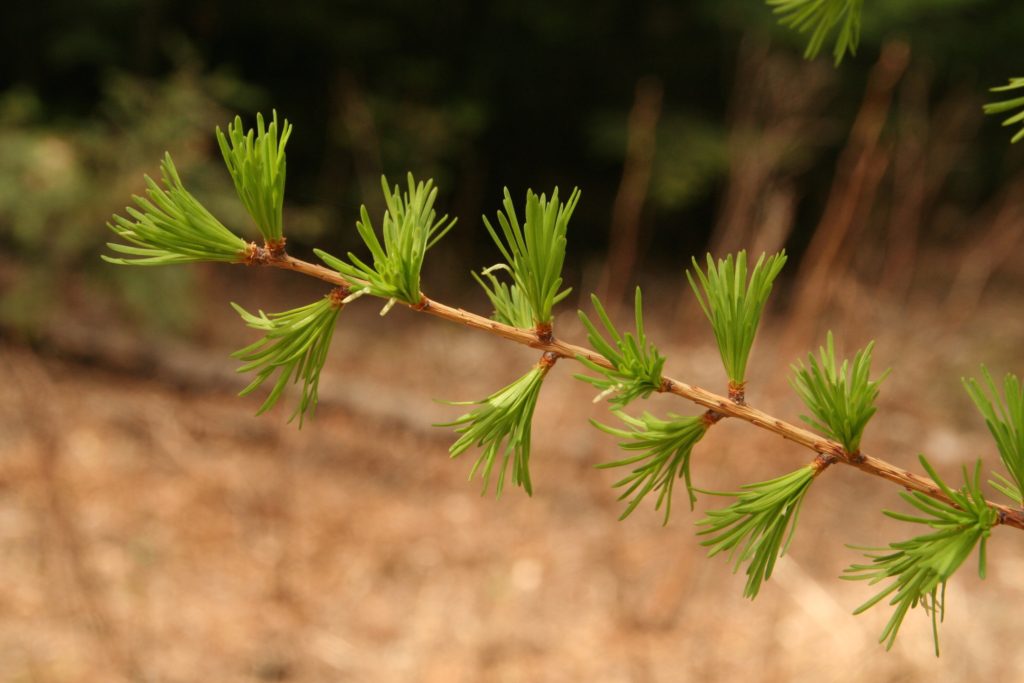
Western larch (Larix occidentalis) are unique trees. They are deciduous conifers. Larch shed their leaves (needles) annually like a deciduous tree yet also bear cones and have needle-like leaves like conifers.
Why are western larch deciduous conifers?
Let’s take a look at deciduous and coniferous trees separately.
Deciduous trees grow thin leaves with a high surface area to maximize the area for photosynthesis. However, soft green leaves are appealing to insects, have a larger area for water loss and can’t withstand snow loads (very noticeable with an early fall snow). Therefore, deciduous trees shed their leaves in autumn and regrow them in spring.
Conifers grow small, sturdy needles with a small surface area and a waxy coating to reduce water loss. However, the smaller size reduces the area available for photosynthesis. Tougher needles require more energy to make initially but they aren’t as appealing to insects, can withstand snow better, and last longer. Conifers keep needles for more than one year but will shed some older needles every year.
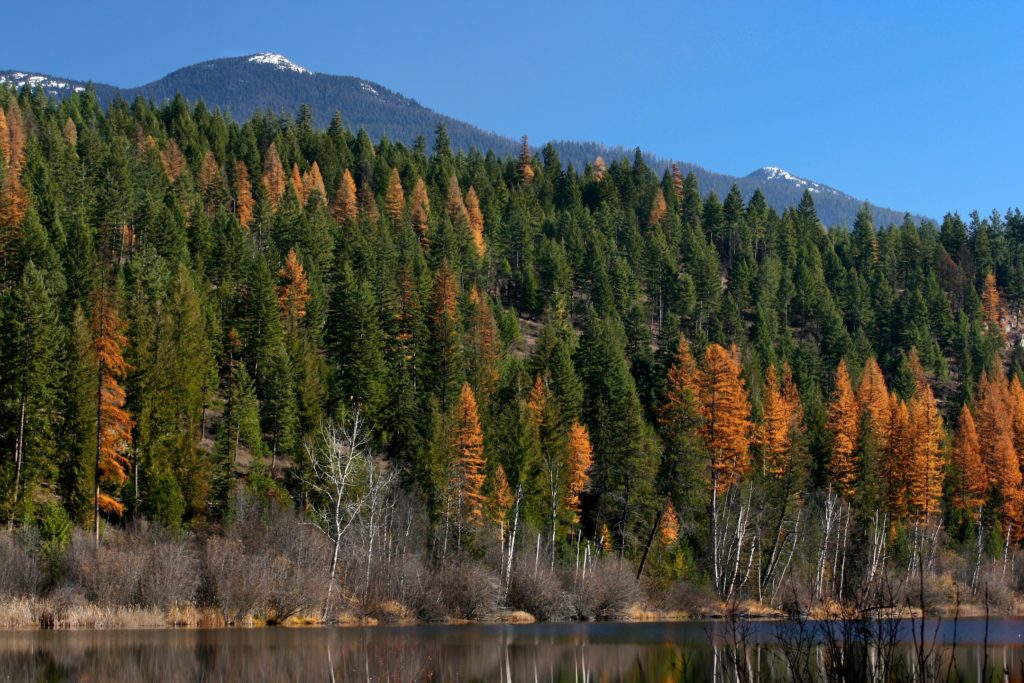
The western larch utilizes traits from both coniferous and deciduous trees. Growing needles like conifers reduces water loss and makes them less appealing to insects. Growing soft needles provides more room for photosynthetic components and costs less to produce than more rigid conifer needles. And by losing needles every autumn like deciduous trees, they reduce the amount of damage possible by heavy snow loads.
How the western larch stumbled upon this unique trait of being a deciduous conifer is uncertain. One thing is certain though, the resulting vibrant green needles in spring and golden-yellow needles in autumn are beautiful.

